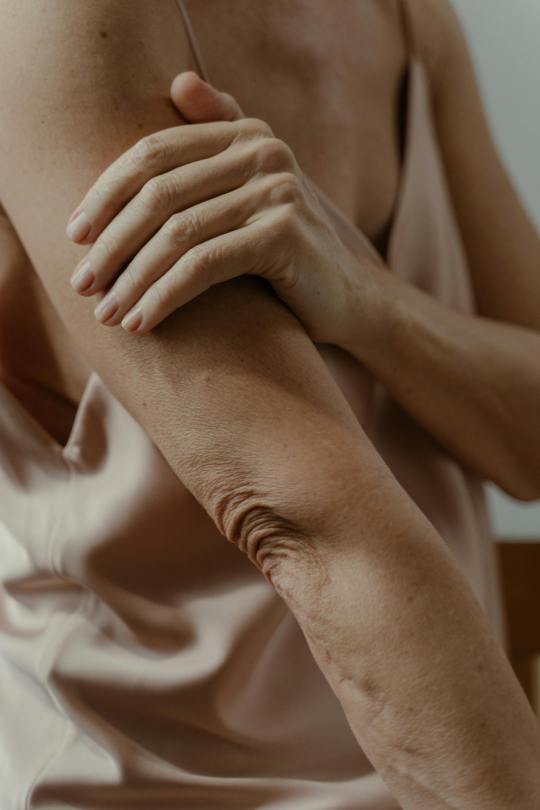#UpperMemberDisorders
Explore tagged Tumblr posts
Text
Musicians : Beware of Specific Pathologies!
Intensive practice of a musical instrument exposes professional musicians to the risk of developing specific pathologies. These risks are linked to the repetitive and sometimes restrictive nature of the movements, the postures adopted, and the pressure of performance.
Musculoskeletal disorders (MSD)
These are the most frequent pathologies among musicians. They mainly affect the upper limbs (tendonitis, epicondylitis, etc.), back and neck. MSDs are caused by repetitive movements, prolonged static postures or muscular tension.

Functional dystonia (“musician's cramp”)
Also known as “musician's cramp”, this condition mainly affects string and keyboard players. It manifests as involuntary muscle contractions that make playing difficult or impossible.
Hearing problems ️
Repeated exposure to high sound levels can lead to premature hearing loss, tinnitus (whistling or ringing in the ears) or hyperacusis (increased sensitivity to sound).
Upper limb disorders
These can include nerve compression (carpal tunnel syndrome), joint pain, or skin problems linked to prolonged contact with the instrument.
Other disorders
Musicians can also suffer from back problems, vision problems, stress-related digestive disorders and psychological disorders such as performance anxiety.
Pathologies specific to certain instruments
Yes, there are pathologies specific to certain musical instruments, although most disorders are related to musical practice in general rather than to a particular instrument. These pathologies are often listed and studied in the field of arts medicine or musician's medicine.
- Functional dystonia (musician's cramp): Although it can affect all instrumentalists, it is more common among string players (violinists, guitarists, etc.) and pianists.
- Mouthpiece problems: Wind players can develop specific problems related to the use of their mouthpieces, such as irritated or sore lips, dental problems and muscular disorders.
- Carpal tunnel syndrome: Although it can affect all musicians, it is more common among pianists and percussionists, due to repetitive wrist movements.
- Tendonitis and other musculoskeletal disorders: Tendonitis and other musculoskeletal disorders can vary depending on the instrument and the specific movements involved.
Prevention and treatment
It's important to note that these pathologies are not inevitable. Preventive measures include warming up before playing, taking regular breaks, adopting ergonomic postures and practicing relaxation exercises. What's more, it's essential to consult a doctor in the event of persistent pain, in order to benefit from an appropriate diagnosis and treatment.
Go further
#Musicians#Pathologies#MusculoskeletalDisorders#MSD#FunctionDystonia#MusicianCramp#AuditiveProblems#UpperMemberDisorders#ArtsMedicine#Prevention#Treatment#MusicalInstruments#Health#Wellbeing#MusicalPerformance#Ergonomics#WarmingUp#Relaxation#PerformanceAnxiety
0 notes